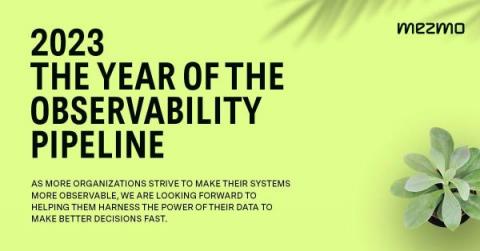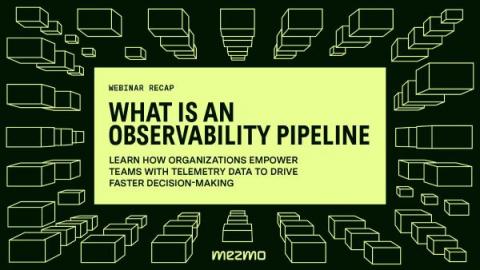How Security Engineers Use Observability Pipelines
In data management, numerous roles rely on and regularly use telemetry data. The security engineer is one of these roles. Security engineers are the vigilant sentries, working diligently to identify and address vulnerabilities in the software applications and systems we use and enjoy today. Whether it’s by building an entirely new system or applying current best practices to enhance an existing one, security engineers ensure that your systems and data are always protected.







